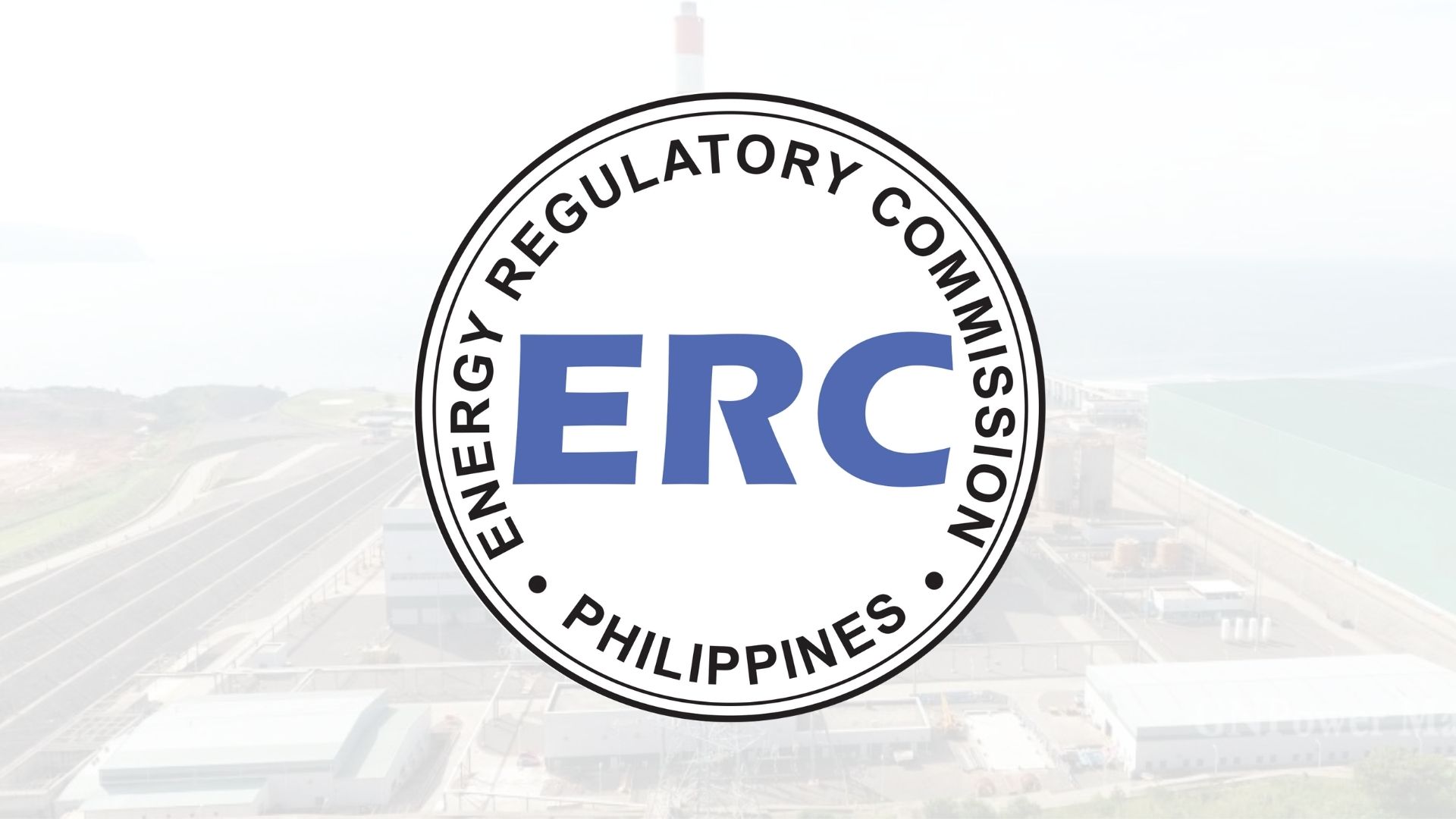ERC to consider applying Canada’s structural changes
- March 19, 2024
- 0

The Energy Regulatory Commission (ERC) is actively looking into the structural changes put into effect by the Ontario Energy Board (OEB) in Canada, specifically on the regulatory frameworks. , observing what measures they can apply in the Philippine energy industry.
In a report by Manila Bulletin, ERC Chairperson Monalisa C. Dimalanta said that after meeting with Ontario Energy Board Chief Commissioner Lynne Anderson and Chief Operating Officer Harneet Panesar, she gained ideas worth mu
Dimalanta went on to say that the commission needed to do some core structural reforms from 2010 to 2013, as the energy landscape had been continuously shifting, and Ontario’s structure seemed to be an optimal match for the evolving market.
In the structural changes applied by OEB, Dimalanta observed that the board decided to apportion the responsibilities of its administrative board; a contrast to the unified arrangement of the ERC.
The ERC chair noted how the Canada Board had a more corporate structure, with the OEB overseeing the operations, administration, and adjudication, yet, there is a separation of function.
When questioned about whether the same framework could be applied to ERC, she said that the commission had been considering fiscal autonomy, though it had its pros and cons, adding that balance is important in applying to the country’s framework.
One compromise Dimalanta noted was that the commission be given the right to retain a portion of their collections t
She added that the commission needed funds to support their digitalization efforts as well as upgrades on the systems.